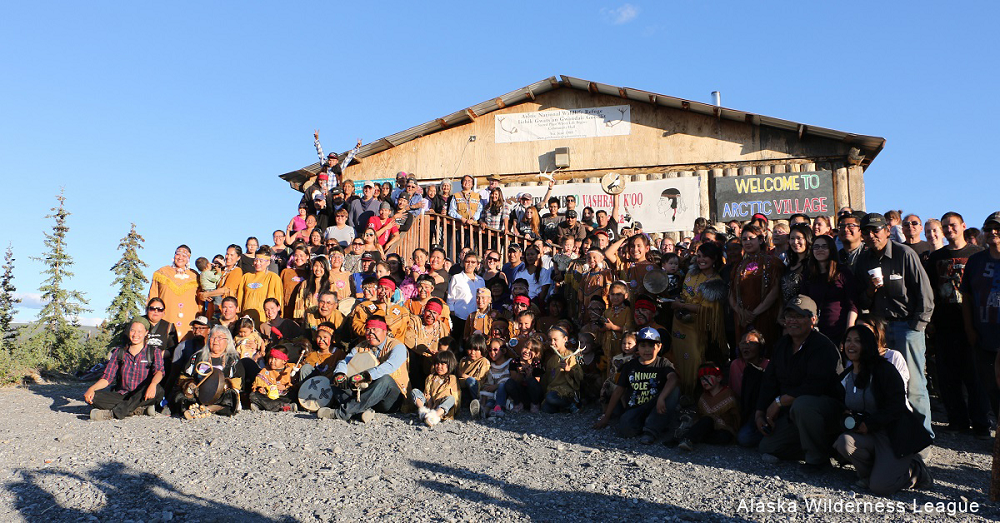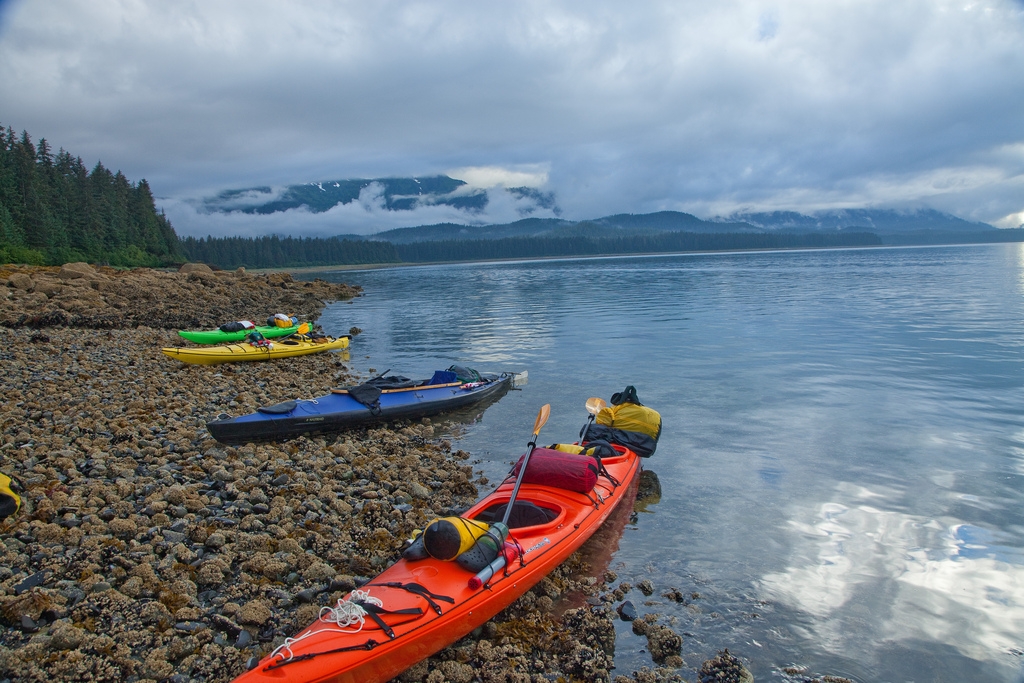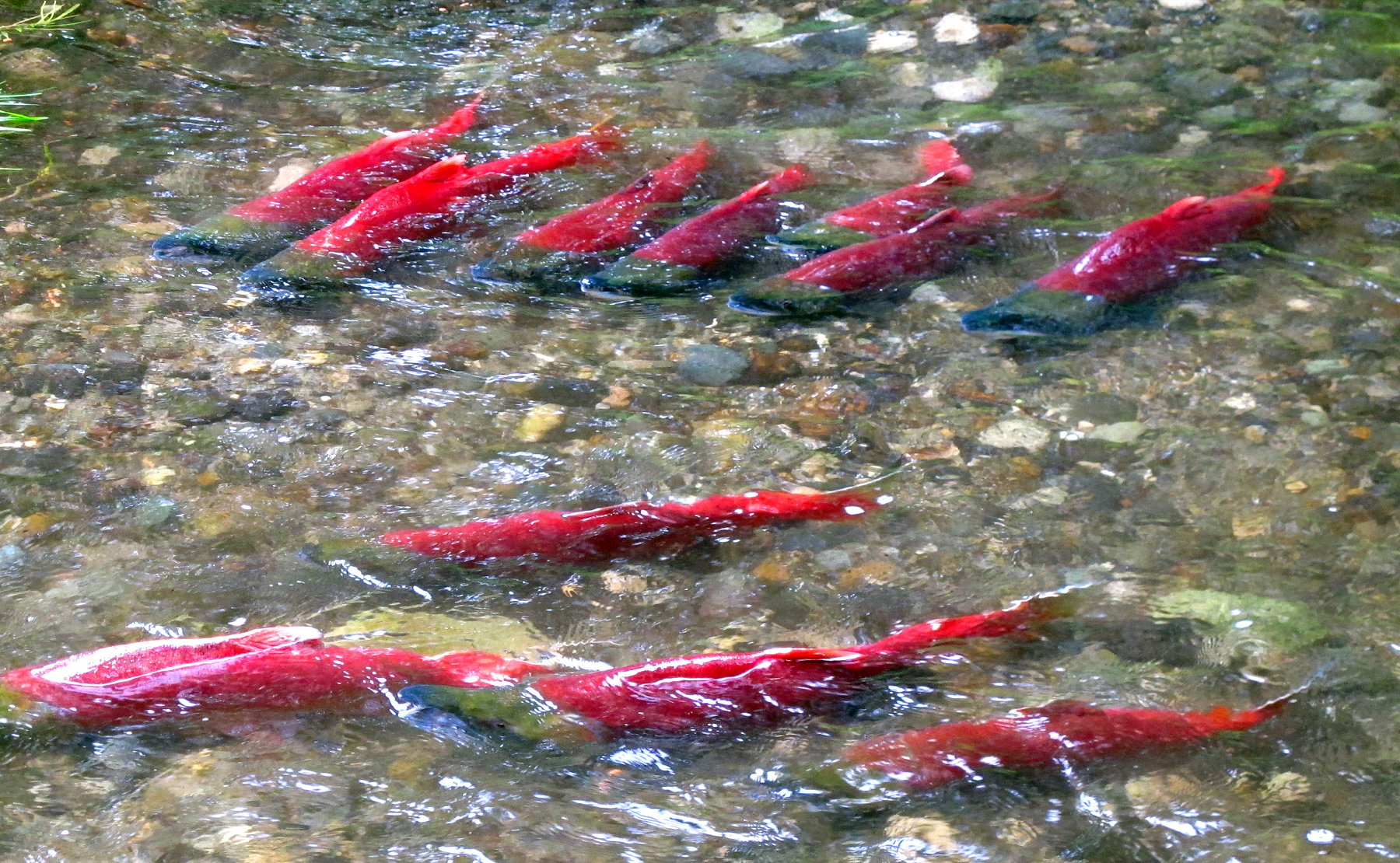REASONS TO PROTECT WILD ALASKA
Photo Credit: Florian Schulz
Alaska offers opportunities not available elsewhere in the U.S. to protect resources at the landscape level. It provides the opportunity to simultaneously protect natural habitat at scale, preserve wildlife found nowhere else in the country, and safeguard the subsistence needs, sacred lands and cultural traditions of Alaska’s Indigenous peoples.
Wild lands in Alaska have sustained Alaska Native people for millennia

According to the U.S. Bureau of Indian Affairs, more than 180,000 Tribal members make up the 229 Federally Recognized Tribes in Alaska — Alaska Native tribes resides throughout the state, from the Southeast Panhandle to Barrow on the Arctic Ocean, and from Eagle on the Yukon Territory border to Atka in the Aleutian Chain. For many Alaska Native peoples, living off the land continues to play a defining role in their cultures and traditions.
Alaska Wilderness League works most closely with the Gwich’in people, who have lived along the migratory route of the Porcupine caribou herd in Alaska and Canada for generations. The Porcupine caribou undertake the longest land migration on the planet, traveling more than 1,000 miles between their wintering grounds and their calving grounds on the coastal plain of the Arctic National Wildlife Refuge The Gwich’in people rely on caribou as a chief food source as well as for clothing, tools and ornaments, and as a central fixture of their culture.
Learn more about the Alaska Native people, including: The 31 federally recognized Yup’ik, Dena’ina and Alutiiq tribes in the Bristol Bay region; the Tlingit, Haida and Tsimshian peoples of Southeast Alaska and the Tongass National Forest; and the Inupiat people have who have lived along the Arctic Ocean coastline for generations. Further reading:
- Alaska’s land, it’s people and global evolution: An artist’s perspective
- Vashraii Koo: An Arctic Refuge experience
- Communities come together to stand with the Gwich’in
- Defend the Sacred AK
- Gwich’in Steering Committee
- Unified Tribes of Bristol Bay
- Indigenous peoples have always known the Tongass is our lifeblood. New research confirms it.
Wild lands in Alaska support millions of wild creatures
 Photo credit: Florian Schulz
Photo credit: Florian Schulz
Alaska is home to some of our country’s most unique and iconic wildlife. Home to endangered polar bears, musk oxen, caribou, Arctic foxes, walrus, narwals, bowhead whales, seals and countless species of migratory birds, the Alaskan Arctic is truly a wildlife sanctuary. Southeast Alaska and the Tongass National Forest is home to some of the largest concentrations of brown bears and bald eagles found anywhere and is where you’ll find the unique subspecies of Alexander Archipelago wolf. Bristol Bay is home to one of the most prolific king salmon runs left on Earth, and the Izembek National Wildlife Refuge hosts virtually the entire world’s population of Pacific black brant, Taverner's Canada goose and emperor goose each fall.
Alaska’s wild landscapes provide unparalleled recreational and soul-seeking opportunities

Photo Credit: Richard Spener
Alaska offers a variety of landscapes matched only by its incredible diversity of wildlife. The state’s lush temperate rainforests, massive mountain ranges, jaw-dropping glaciers, rolling tundra, and crystal clears lakes, rivers and streams attract millions of adventurers and nature lovers from around the world every year. Alaska offers opportunities not available elsewhere in the U.S. to explore natural habitats at scale, and observe wildlife found nowhere else in the country. From cross-country skiing to mountain climbing, and from kayaking to hiking and camping, Alaska is an outdoors-lover’s paradise.
Wild Alaska supports jobs in a sustainable economy

Photo credit: USFS
Alaska sustains some of the world’s most lucrative fishing industries, and the tourism and recreation industries have been booming in Alaska — though tempered a bit by the onset of the COVID-19 pandemic. In recent years for example, commercial fishing, tourism and recreation have become the fastest growing job sectors in Southeast Alaska. Bristol Bay is the largest commercial sockeye salmon producing region in the world. The Chugach National Forest is located in Anchorage’s “backyard,” receives more than a million visitors each year and is a hiker’s paradise that offers hundreds of miles of maintained trails.
In return, many businesses working within those industries have taken an active role in standing up for the preservation of Alaska’s public lands and waters — and not simple because it’s good for their bottom line, but because it’s the right thing to do. Organizations like The Conservation Alliance and companies like Patagonia and The North Face have be integral to protecting places like the Arctic National Wildlife Refuge.
